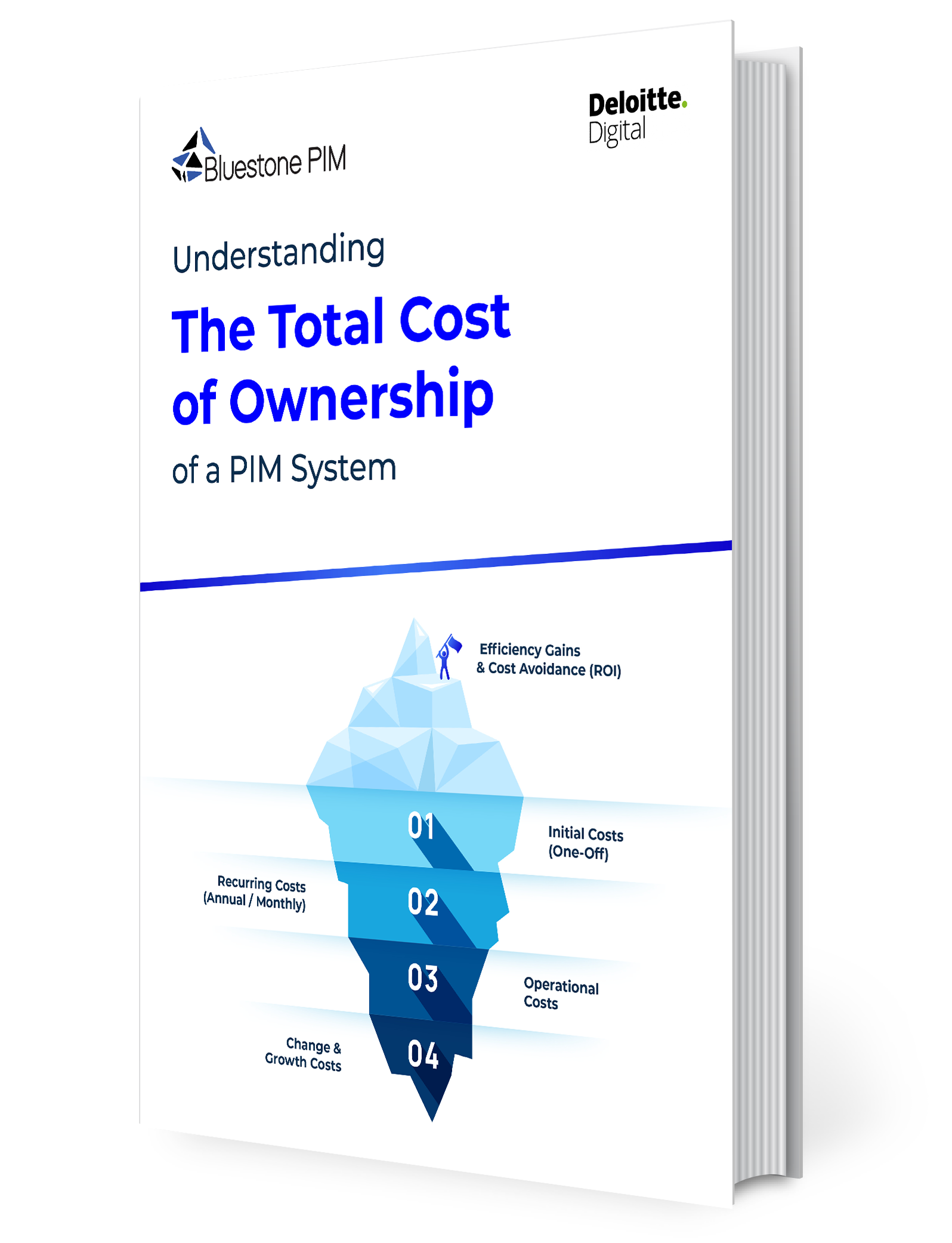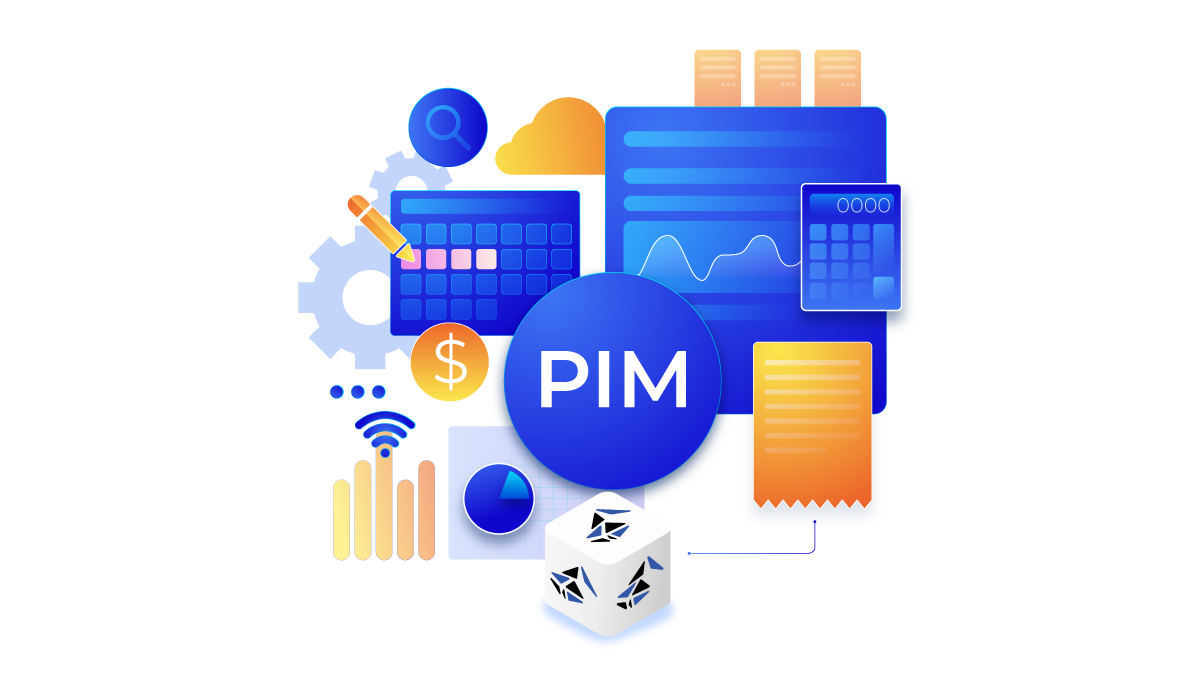
Managing thousands of SKUs in Ecommerce?
Get monthly tips to become the e-commerce pro your team needs.
Securing CFO approval for a PIM investment isn’t always straightforward.
Why? Because a PIM system operates behind the scenes. It’s not customer-facing, nor does it directly handle transactions. Yet, it powers the entire commerce engine.
Here’s how to build a compelling, data-backed business case for PIM based on insights from Einar Augedal, CEO at Bluestone PIM, and Martin Knutson, Senior Business Strategist at Avensia.
Why Your CFO Might Not See the Value Yet
When budgets are tight, finance teams prioritise initiatives that can be directly linked to revenue.
Transactions are easy to calculate and measure. But what drives those transactions is harder to quantify. PIM often operates behind the scenes, yet it underpins everything from product launches to website conversions.
The fact that PIM doesn’t sit at the point of sale doesn’t make it any less critical. In reality, the ability to sell anything online across multiple channels depends on structured, accurate, enriched product data. Without that foundation, everything downstream begins to crack.

DOWNLOAD FREE E-BOOK
Discover the True Cost of Product Information Management
Uncover the full cost of owning a PIM system. Don’t let hidden expenses catch you off guard. Download our comprehensive e-book and make confident decisions from day one.
The Cost of Doing Nothing Is Real
If your business is still managing product data in spreadsheets or bolted onto an ageing ERP system, you’re already paying for it. That legacy setup might have sufficed when you had a handful of SKUs and one or two channels.
But today, with dozens, maybe even hundreds, of touchpoints, the landscape has changed, and old systems simply don’t cut it anymore.
Slow content updates, missed product launches, disjointed campaigns, duplicated work, returns caused by incomplete information, and hours lost manually chasing attributes or fixing errors. These are real costs. And they add up quickly.
Customer experience begins with product content. It doesn’t matter how polished your platform is or how smooth the checkout feels. If the product information is weak, trust declines and sales drop.
Where PIM Impacts Revenue
Better product data improves visibility, drives engagement, and boosts conversions. It enables bundling, personalisation, accurate search, and faster time to market. In practical terms, it allows you to move from concept to live offer in hours, not days.
If you’re managing thousands of SKUs but enriching only a fraction, you’re not scaling your product business - you’re merely keeping it afloat.
With the right setup, you can focus on the products that matter most. That focus alone can have a direct impact on sales.
Watch the full story in the video.
PIM Doesn’t Just Increase Revenue
If you’ve got 20,000 products and can only enrich 5% of them properly, the rest represent missed potential. And manual processes slow everything down. That leaves you with a choice: hire more people, or scale back your range. Neither is ideal.
Without a modern system, you're forced to choose between scaling product content or scaling sales. With the right PIM, you don't have to pick at all.
Composable tools like Bluestone PIM streamline all of that. They support collaboration, reduce admin, and make data more consistent across every touchpoint. Teams spend less time fixing issues and more time improving the customer experience.
They also simplify localisation, syndication, and regulatory compliance, all without creating extra work or extra cost.
Fast Data, AI, and Smarter Operations
Bluestone PIM takes product data management even further with integrated AI features built for scale and speed.
Instead of writing every product description manually, AI Enrich generates content instantly, tailored by language, tone, and channel. AI Linguist refines grammar, improves style, and delivers high-quality translations that stay true to your brand. AI Analyst helps identify gaps, flag incomplete listings, and prioritise fixes, so your team focuses where it counts.
If you’re launching a time-sensitive campaign or expanding into a new market, you need to act quickly. With AI embedded directly in the PIM workflow, you can update content on the fly without compromising quality.
Turning Product Data into Business Value
To build a compelling business case, translate the benefits into terms that resonate with finance:
-
How much time is currently spent manually managing product data?
-
How many products are delayed due to slow enrichment processes?
-
What percentage of your catalogue is fully optimised for SEO and conversions?
-
What is the cost of errors, returns, or duplicated effort?
Show how a composable PIM improves efficiency, reduces reliance on external services, and shortens time to market. Include what competitors are doing and how the market is shifting. Highlight the role of PIM in future compliance with regulations like the EU Digital Product Passport, and how it positions your business to adapt quickly.
Get the full checklist with 13 essential questions to help you make the right decision. Download it for free here.
Make It Strategic, Not Just Operational
A PIM system gives your business the ability to scale without increasing manual workload. That’s what transforms it from a cost centre into a smart investment.
If you’re ready to make the case, focus on the numbers, the time saved, and the risks reduced, just talk to our team or book a demo. We’re here to support you.
See AI-powered PIM in action
Talk to our experts today and discover how Bluestone PIM can address your needs.




![AI in E-commerce: How to Compare AI Agents in PIM Systems [Framework]](https://www.bluestonepim.com/hubfs/AI-in-E-commerce-1.png)